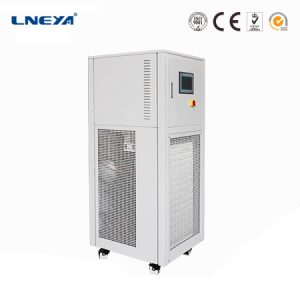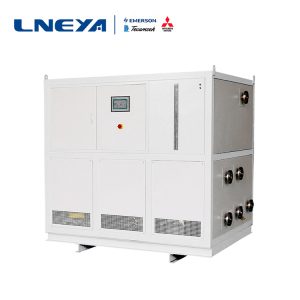Titanium reactor temperature control in daily chemical, pharmaceutical and chemical industries

The advantages and trends of titanium reactors in the daily chemical and pharmaceutical industries, titanium reactors will play a huge advantage in the future. Reaction equipment used to complete processes such as sulfonation, nitration, hydrogenation, alkylation, polymerization, condensation, and many other processes of organic dyes and intermediates. It has excellent properties such as super corrosion resistance, non-magnetic, high temperature resistance, pressure resistance, and bio-affinity.
The titanium reactor needs special attention during operation, otherwise it is prone to damage and causes unnecessary production stoppage. The chemical industry uses a large number of titanium reactors. Due to the corrosiveness of the medium, the hot and cold reaction conditions, transportation, use, and human-made problems, the enamel layer is easily damaged and affects the entire production. If a large area falls off, it needs to be returned to the factory for a new one. enamel.
The temperature of the reaction body in the kettle should be cooled at 110 degrees, and the temperature difference between the temperature medium and the reactor should not exceed 90 degrees to avoid cold shock damage to the equipment. This requires the use of high-precision temperature control equipment. Our LNEYA heating and cooling circulators are suitable for temperature control of most reactors.
The structure of the reactor is basically the same. In addition to the reactor body, there are transmission devices, stirring and heating (or cooling) devices, etc. Thus, the reaction temperature can be uniformly controlled. The temperature control of the reactor depends on the temperature change of the heat transfer oil in the jacket of the reactor to control the temperature in the reactor.
The heating, cooling, and temperature control systems of the reactor are sealed, no oil mist is produced at high temperature, and no water vapor is absorbed at low temperature. It is a heat transfer medium that can control the temperature of -100-200 degrees and the cooling capacity of 1kW-80kW in the same machine.
Closed liquid circulation system with expansion vessel. The expansion vessel is insulated from the liquid circulation and is only connected to the machinery and does not participate in the liquid circulation. Regardless of the temperature in the liquid circuit, the medium in the expansion vessel is below 60°C.
The working principle of our LNEYA dynamic temperature control system SUNDI series equipment is like this, and it is the best choice in the reaction vessel temperature control system in the industry.
Raccomandazioni correlate
-
Hot and cold dynamic constant temperature control equipment cryopump installation points
1755The performance of each component in the cold and heat source dynamic constant temperature control equipment is different. We must make full use of each accessory to make the equipment run better. The cryopump is one of the main accessories, and i...
Visualizza dettagli -
LNEYA ha ottenuto per la terza volta la certificazione di impresa high-tech nazionale
4396In November 2021, the Science and Technology Department of Jiangsu Province released the "2021 High-tech Enterprise Record Publicity List in Jiangsu Province", and LNEYA successfully passed the review. This is the third time that the company has...
Visualizza dettagli -
I test sui veicoli a energia nuova richiedono un refrigeratore o un riscaldatore?
1247I test sui motori dei veicoli a energia nuova richiedono sia un refrigeratore che un riscaldatore, poiché i test sui motori coprono un'ampia gamma di condizioni di temperatura per garantire le prestazioni e la stabilità del motore in diverse condizioni operative.
Visualizza dettagli -
How to install -50 °C cryogenic unit manufacturers equipment?
1755-50 °C cryogenic units are used in the refrigeration and chemical industry, so what issues should be paid attention to during installation? LNEYA professional manufacturers tell you that you should install according to the instruction manual. For...
Visualizza dettagli
 Refrigeratori industriali LNEYA Produttore Fornitore
Refrigeratori industriali LNEYA Produttore Fornitore













